Last Updated on October 16, 2023 by teamobn
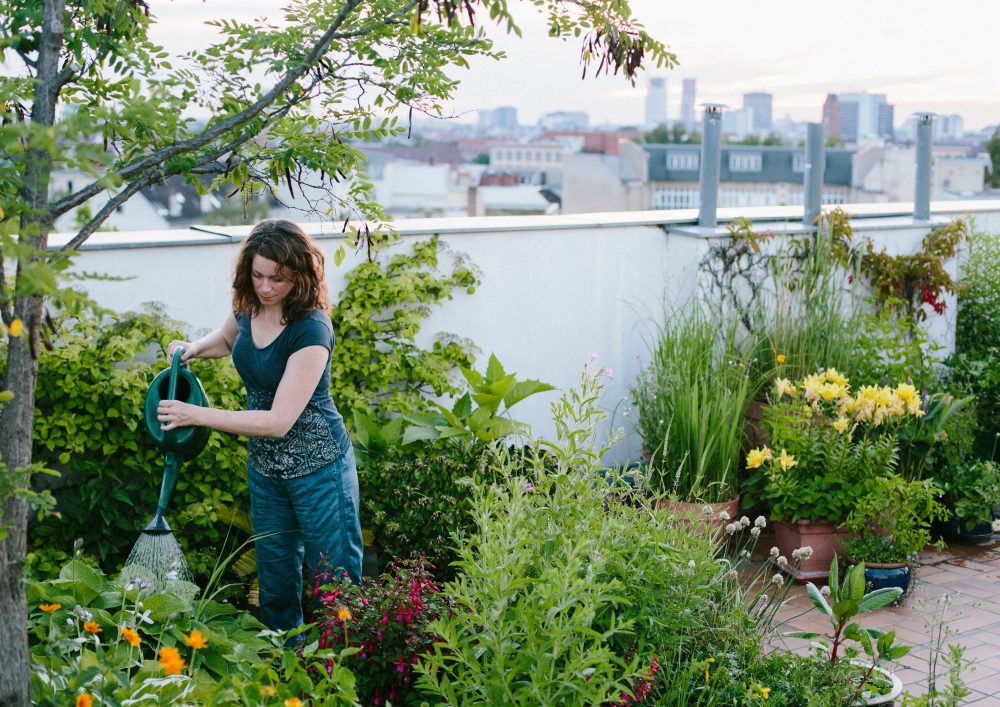
In the hustle and bustle of urban living, outdoor spaces can be a precious retreat. However, limited land availability often forces city dwellers to think creatively when it comes to creating green havens. Enter the rooftop garden – a thriving trend that not only maximizes available space but also provides a host of benefits.
In this article, explore how rooftop gardens can elevate your outdoor space, making it a vibrant, environmentally friendly, and serene oasis.
Contents
Attention-Grabbing Rooftop Gardens
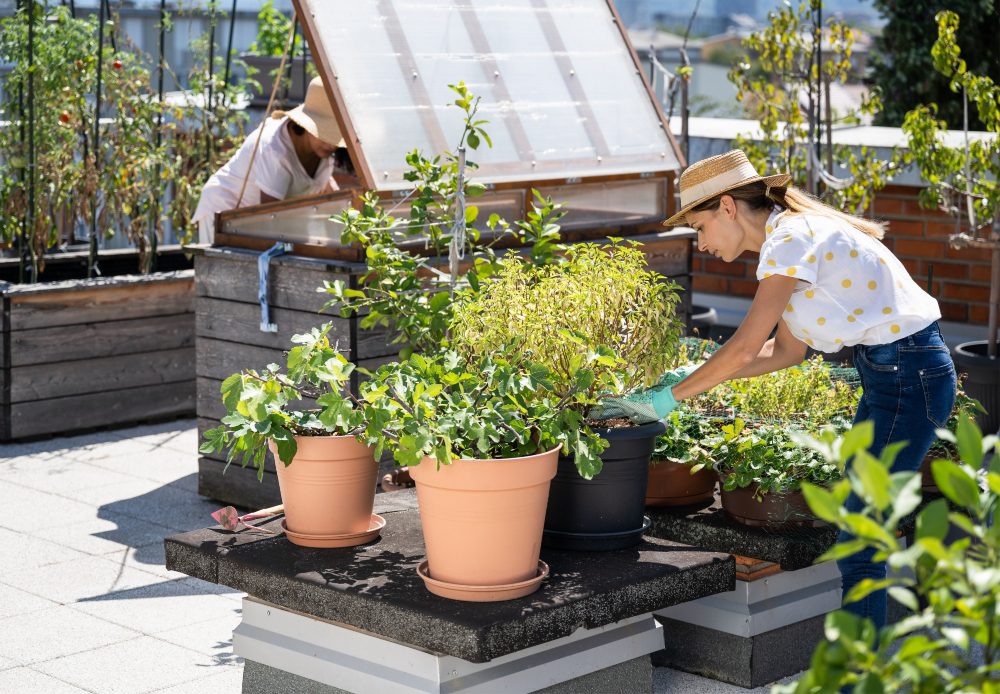
Experience the sheer enchantment of a mesmerizing emerald sanctuary amidst the chaos of the urban sprawl. Elevating both the visual allure of your edifice and captivating the gazes of every passerby, a flawlessly crafted rooftop oasis is an absolute masterpiece.
Advantages of Rooftop Gardens
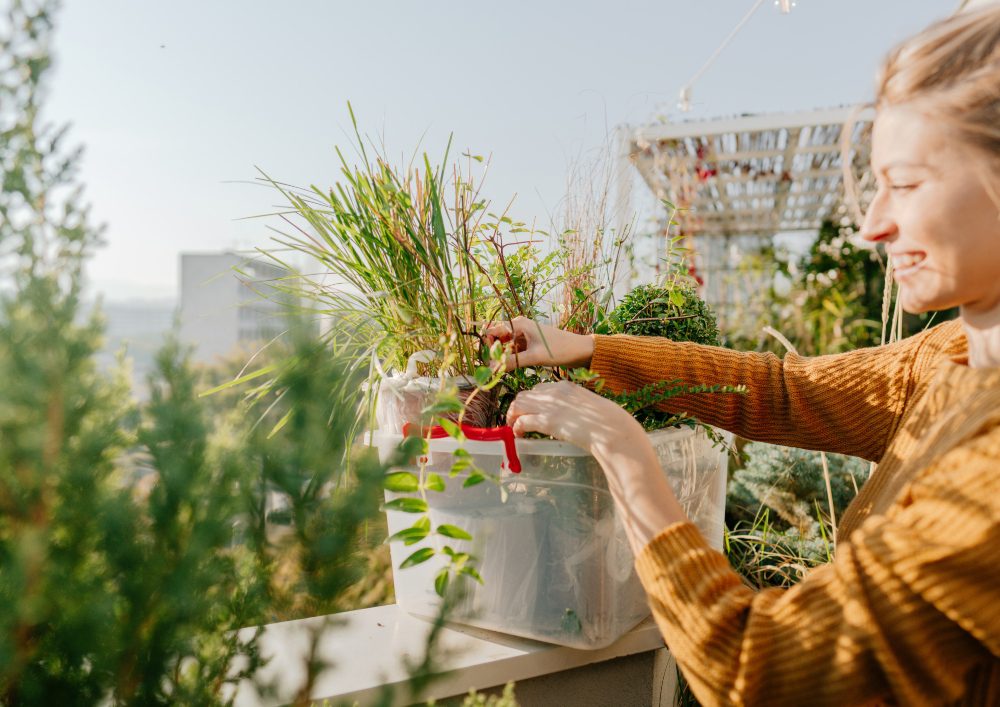
Now, delve into the advantages that make rooftop gardens truly remarkable.
A. Environmental Benefits
- Urban Heat Island Mitigation: These natural insulators bring the heat down and level up the coolness in your city. Let nature work its magic and turn up the chill factor with rooftop gardens.
- Air Quality Improvement: They absorb carbon dioxide, release oxygen, and filter pollutants, thereby improving air quality.
- Energy Efficiency: By insulating buildings, rooftop gardens reduce energy consumption for heating and cooling, leading to reduced utility expenses.
B. Aesthetic Appeal
- Scenic Beauty: Rooftop gardens provide panoramic views of the city skyline, adding a touch of serenity to the urban landscape.
- Versatility: Craft a verdant wonderland that flaunts your unique flair, courtesy of a stunning array of plants to choose from.
- Increased Property Value: An impeccably tended rooftop oasis has the power to skyrocket your property values, proving it to be a savvy investment.
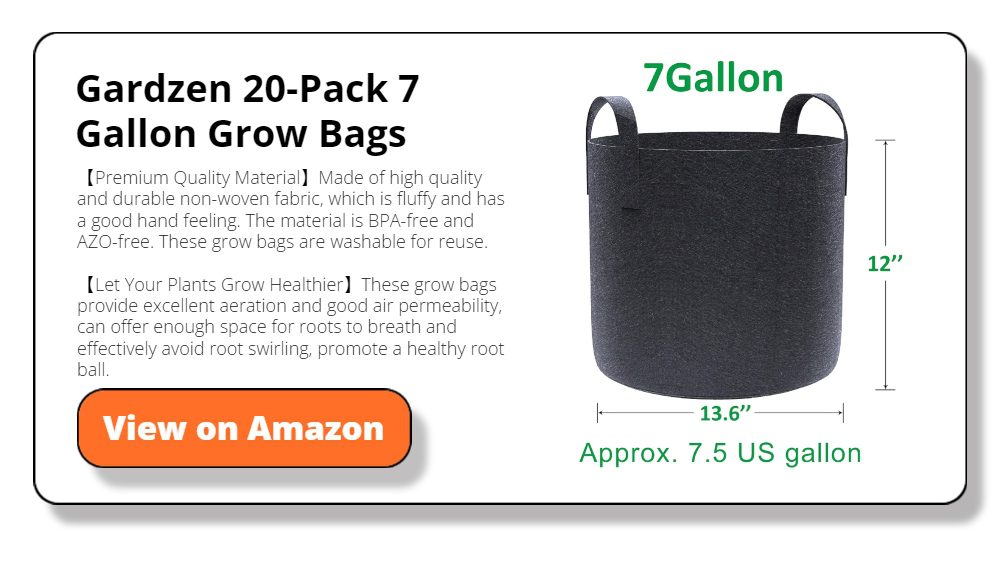
C. Recreational Space
- Social Gathering: Rooftop gardens are ideal for hosting gatherings, parties, or simply enjoying a tranquil evening with family and friends.
- Mental Well-being: Green spaces have a calming effect, reducing stress and promoting mental well-being.
D. Environmental Sustainability
- Biodiversity: Rooftop gardens can support local habitats for birds and insects.
- Stormwater Management: They absorb rainwater, reducing the strain on city drainage systems.
Implementing a Rooftop Garden

Ever been tickled by the thought of a lush rooftop oasis? But, how on earth do you make it bloom? Strap in, because you’re about to unravel this garden mystery!
A. Structural Considerations
- Weight-Bearing Capacity: Consult with a structural engineer to ensure your building can support the additional weight.
- Waterproofing: Install a proper waterproofing system to protect the building from water infiltration. It acts as a protective shield, also guarding your building’s structure against mould, and other potential problems.
B. Plant Selection
- Native Plants: Opt for native plants as they are well-adapted to the local climate and require less maintenance. Native plants are well-acclimated to the specific climate conditions of your region. They have evolved over time to withstand the temperature fluctuations, precipitation patterns, and soil types unique to your area.
- Diverse Vegetation: Mix and match different plant types to create an attractive and resilient ecosystem. This approach not only results in a visually captivating garden but also fosters an environment that’s more adept at weathering the challenges of urban rooftop living.
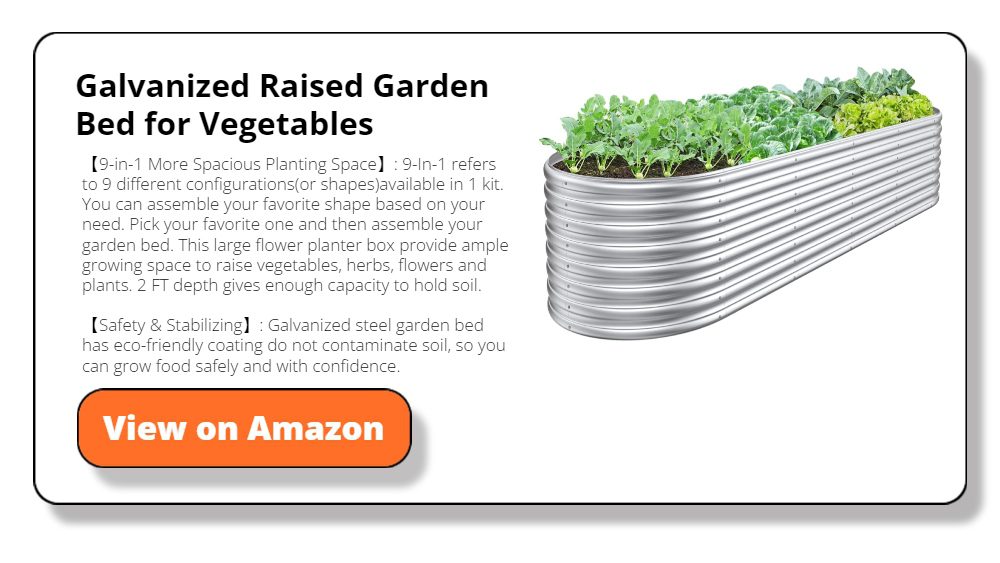
C. Irrigation System
- Drip Irrigation: Install a drip irrigation system for efficient water distribution. Drip irrigation systems are designed to supply water directly to your plant’s root zones, ensuring that each plant receives the exact amount of water it requires. This exact method reduces water waste and the possibility of overwatering or underwatering.
- Rainwater Harvesting: Consider rainwater harvesting to reduce water consumption. This technique involves the collection and storage of rainwater for later use, providing a range of benefits that extend beyond water conservation.
D. Seating and Paths
- Decking or Pavers: Create comfortable seating areas with decking or pavers. Decking and pavers come in a variety of materials, colours, and styles, letting you tailor your rooftop garden’s appearance to your preferences
- Paths: Design pathways to explore your garden without disturbing the plants. By providing designated routes, paths help protect your garden’s delicate plantings. They prevent trampling or compaction of the soil and let your vegetation flourish undisturbed.
Maintenance and Sustainability
Now that your rooftop garden is a reality, maintaining its beauty and sustainability is essential.
A. Regular Maintenance
- Pruning and Weeding: Regularly prune plants and remove weeds to keep the garden healthy.
- Fertilizing: Use organic fertilizers to nourish your plants. Organic fertilizers enrich the soil with essential nutrients and organic matter. This promotes microbial activity and improves soil structure, creating a fertile and sustainable environment for your plants.
B. Pest Management
- Pest Control: Invite ladybugs and birds to control pests. These beneficial allies provide an elegant and eco-conscious solution to maintaining the health and vitality of your plants while contributing to the overall balance of your rooftop ecosystem.
- Companion Planting: Plant pest-repelling herbs and flowers alongside your main crops. It’s like hosting a garden party where each plant invites its best buddy to keep the pests away from the main crop.
C. Sustainability Practices
- Composting: Set up a composting system to recycle organic waste. By setting up your very own composting system, you can turn those leftover food scraps and garden trimmings into nutrient-rich gold for your plants.
- Green Roof Maintenance: Ensure the waterproofing system remains intact. Regular inspections and maintenance are essential to detect any potential issues and address them promptly.
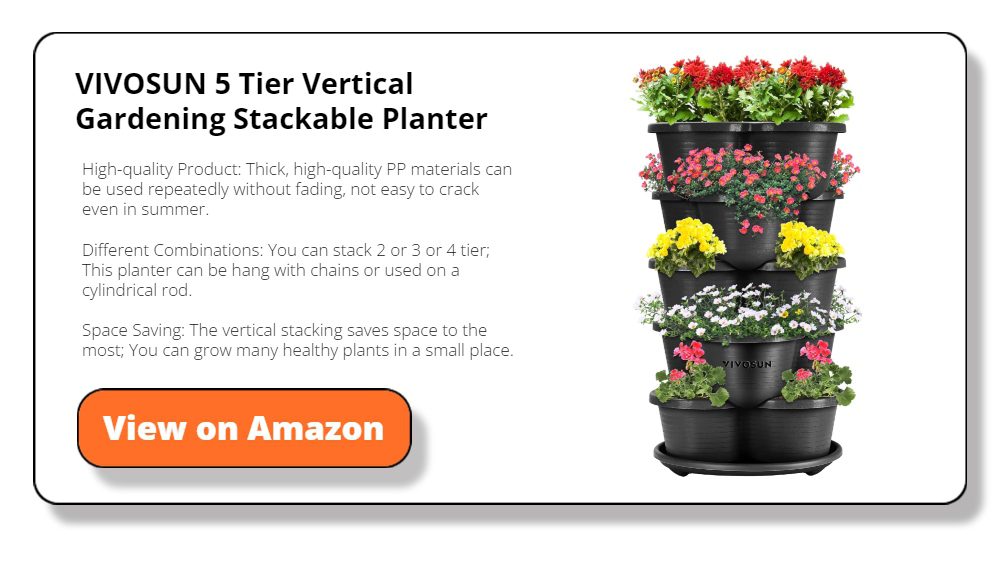
The Wrap Up
Rooftop gardens are more than just a trend – they are a testament to the innovative spirit of urban living. These green retreats provide numerous advantages, from environmental benefits to enhanced aesthetics and recreational opportunities. The journey of creating a rooftop garden may seem daunting, but with the right knowledge and a little effort, you can transform your rooftop into a serene oasis.
It’s high time you transform that desolate rooftop into a lively and flourishing paradise. Whether you seek a fresh passion, a verdant oasis, or a serene sanctuary away from the urban hustle, a rooftop garden holds the key. Embrace this opportunity, soar above the ordinary, and watch your rooftop oasis blossom into something extraordinary.
Make your urban living experience more harmonious and sustainable by embracing the beauty of a rooftop garden. Start creating your elevated oasis today.
Frequently Asked Questions
Q: Are rooftop gardens suitable for any building?
A: Not all buildings are suitable for rooftop gardens. The building must have adequate structural capacity to support the extra weight of the garden. It should also be properly waterproofed to prevent water damage.
Q: What types of plants are suitable for rooftop gardens?
A: The choice of plants depends on your climate and preferences, but native plants are often a good choice. Succulents, grasses, sedums, and small shrubs are common choices due to their low maintenance requirements.
Q: How to water a rooftop garden?
A: Drip irrigation systems are a popular choice for rooftop gardens, as they provide efficient water distribution. Rainwater harvesting is another sustainable option. Be sure to water your garden according to the specific needs of the plants and the weather conditions.








